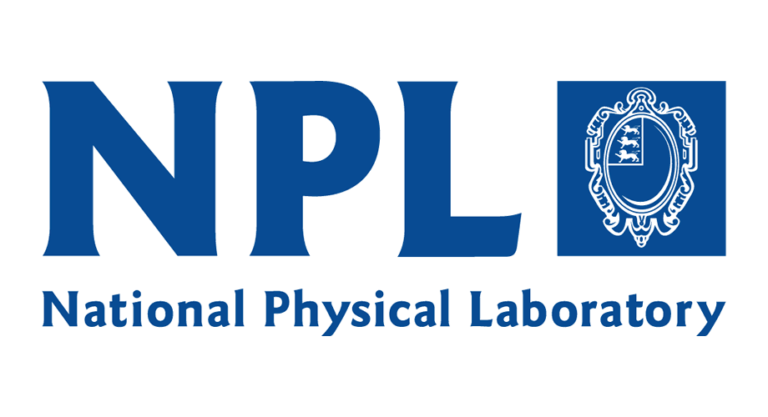Two Projects. 1. Miniaturised PGI gauge: Stylus based measurement systems have been used for decades employing inductive, optical rotary encoder or interferometric motion sensing strategies. A previous student Vladimirs Horjkovs successfully modelled and characterised Taylor Hobson’s existing PGI technology [1] as well as deigning and proving out a lower cost scalable version. The objective of this project is to realise a miniature version without compromising its key high dynamic range and intrinsic stability. 2. The use of phase shifting laser interferometry for position measurement is well known however building commercially viable units whilst maintain nm level stability is non-trivial.Most designs employ single and multiple laser wavelengths [2,3] or ASE sources with phase shifting generated by mechanical movement (piezo), Electro-optical [4] or Acousto-optical methods; the former piezo approach is currently used in one family of instruments but is the limiting factor for measurement (sampling) speed at ~2kHz. The objective is to develop an architecture where sampling rates exceed 50kHz whilst maintaining nm level stability and accuracy with practicable working ranges 1-1000 mm. References
1. Patent US 5517307 1996 2. Patent DE 10 2008 033 942 B3 3. Proceedings Volume 8884, Optifab 2013 8884V (2013) 4. Optics Express 26(3):3443 · February 2018









